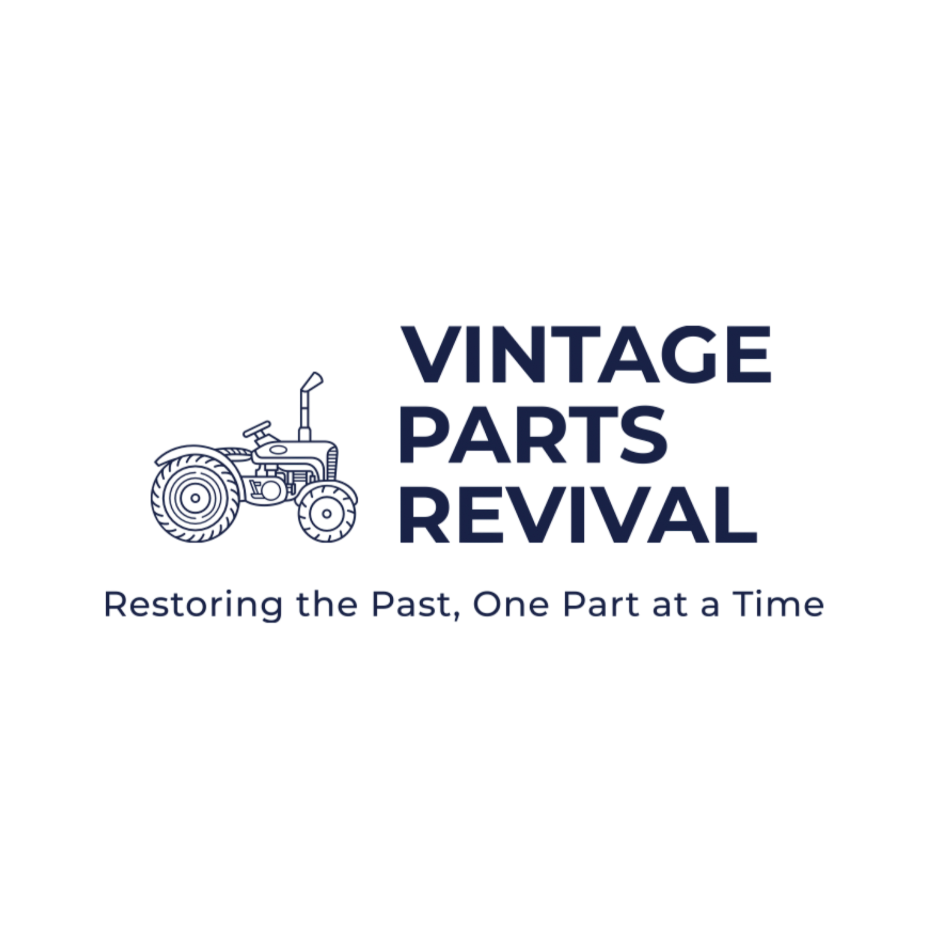Vintage tractors are not just for display, they are also functional pieces of machinery that many people use for farming, landscaping, and other tasks. However, finding replacement parts for these old machines can be a challenge. That’s where do-it-yourself restoration comes in handy. With a little elbow grease and some know-how, you can restore vintage tractor parts to their former glory. Here are some DIY tips for restoring vintage tractor parts.
First and foremost, do your research. Before you dive into a restoration project, make sure you have a good understanding of the vintage tractor parts you are working with. Take the time to study the tractor’s manual and familiarize yourself with the different components that make up the machine. This will help you identify which parts need replacing and what tools you will need for the restoration process.
Next, clean the vintage parts thoroughly. Over time, vintage tractor parts can accumulate dirt, grease, and grime. Before you start any restoration work, give the parts a good cleaning. Use a mild degreaser and a wire brush to remove any built-up residue. This will make it easier to assess the condition of the parts and determine if they can be salvaged or if they need to be replaced.
Once the parts are clean, inspect them carefully for any signs of damage or wear. Look for cracks, rust, or missing pieces. If you find any damaged parts, don’t despair. There are many ways to restore vintage tractor parts, from welding and sandblasting to repainting and reconditioning. If you are unsure of how to proceed, consult with a professional or seek advice from online forums and DIY resources.
If the vintage parts are in good condition but just need a facelift, consider repainting them. A fresh coat of paint can do wonders for restoring the look of vintage tractor parts. Before you start painting, make sure to sand down the surface and apply a primer to ensure the paint adheres properly. Choose a paint color that matches the original, or customize the look to suit your personal style.
Finally, reassemble the vintage parts carefully. Once you have cleaned, repaired, and repainted the parts, it’s time to put them back together. Take your time and follow the tractor’s manual or any restoration guides you have for reference. Make sure all the nuts and bolts are tightened properly and all the components are securely in place before firing up the engine.
In conclusion, restoring vintage tractor parts can be a rewarding and satisfying project for any DIY enthusiast. With a little patience, research, and care, you can bring your vintage tractor back to life and enjoy using it for years to come. Remember to take your time, be meticulous in your restoration work, and seek help if needed. Vintage parts hold a special place in the hearts of many, and with the right approach, you can keep them running for generations to come.
——————-
Discover more on Vintage Parts Revival contact us anytime:
Vintage Parts Revival
https://www.vintagepartsrevival.com/
(319) 535-3851
Cordova, IL, United States